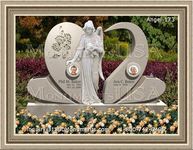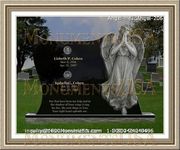|
Great Tips For Choosing Funeral Attire Etiquette
At one time, all mourners were expected to wear formal black dress, complete with hats, ties, veils and gloves. Nowadays the rules have become somewhat more relaxed due to the many cultural, religious and personal influences on burial arrangements. For times when no special requests have been made, there are guidelines for appropriate funeral attire.
The traditional dark suit and tie, or little black dress are still safe bets. The styles are now leaning towards the semi-formal. Though the more casual designs are being accepted, they are still expected to be of darker colors such as dark blue and gray.
Men can wear the traditional suit and tie or they may opt for the slightly more casual ensemble of slacks, sport coat or blazer and collared golfing shirt. The general rule is that the look be conservative and always paired with dark dress shoes. Shirts may be light colored but pants, jackets and ties should be dark with little to no pattern print.
Women may wear office worthy slacks and dresses in dark colors and conservative styles. The primary rule is not to choose something with a low neckline, high hemline, flashy patterns or bare shoulders because one should not draw attention to herself at these events. Heels are still appropriate though if attending a graveside service, flats may be more comfortable.
The rules for children are far less rigid. Generally speaking, their style should be an age appropriate version of what adult's clothing with boys in suits or a collared shirt and tie, and girls in dresses. Though the little ones are not expected to wear black, their colors should be dark or neutral with patterns and ruffles kept to a minimum.
The guidelines for acceptable funeral attire are good to fall back on when one is unsure of what to do, but keep in mind there will be times when these rules will not apply. A lot of religious sect and cultural groups have their own mourning garb traditions which guests should observe as a matter of respect. If the deceased specifically requested a particular dress code for their services, honoring their final wishes should take priority over tradition.
|
|



























